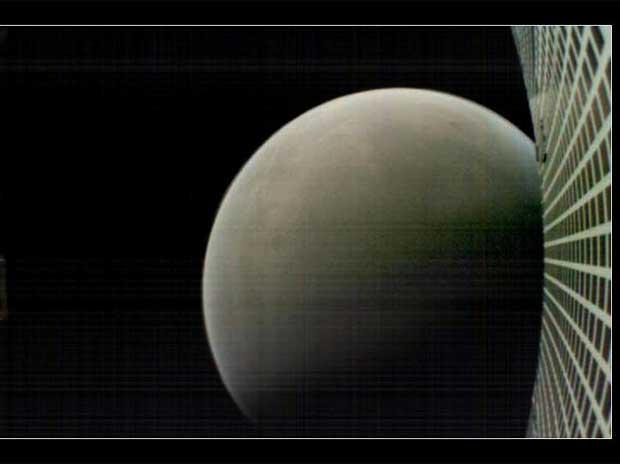NASA launches satellite to explore the region where air meets space

NASA launched a satellite on Thursday night to explore the mysterious, dynamic region where air meets space. The satellite called Icon, short for Ionospheric Connection Explorer rocketed into orbit following a two-year delay. It was dropped from a plane flying over the Atlantic off the Florida coast. Five seconds after the satellite's release, the attached Pegasus rocket ignited, sending Icon on its way. The ionosphere is the charged part of the upper atmosphere extending several hundred miles (kilometers) up. It's in constant flux as space weather bombards it from above and Earth weather from below, sometimes disrupting radio communications. "This protected layer, it's the top of our atmosphere. It's our frontier with space," said NASA's heliophysics division director, Nicola Fox. Fox said there's too much going on in this region to be caused by just the sun. Hurricanes, tornadoes and other extreme weather conditions on Earth are al...


